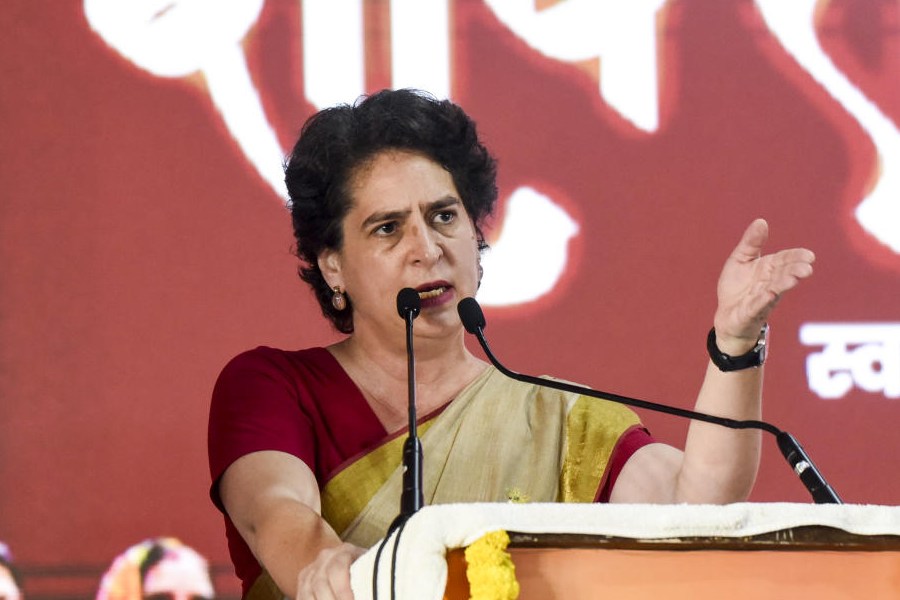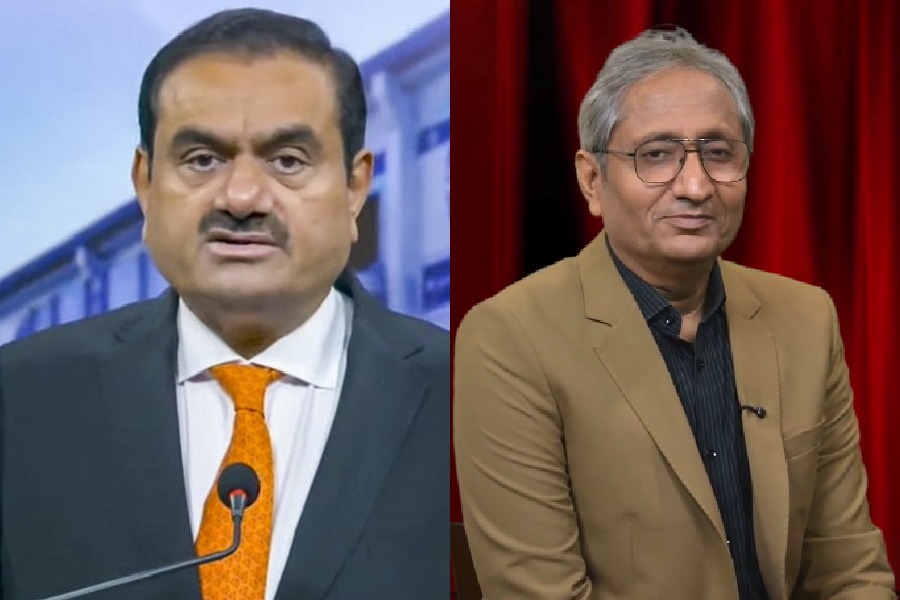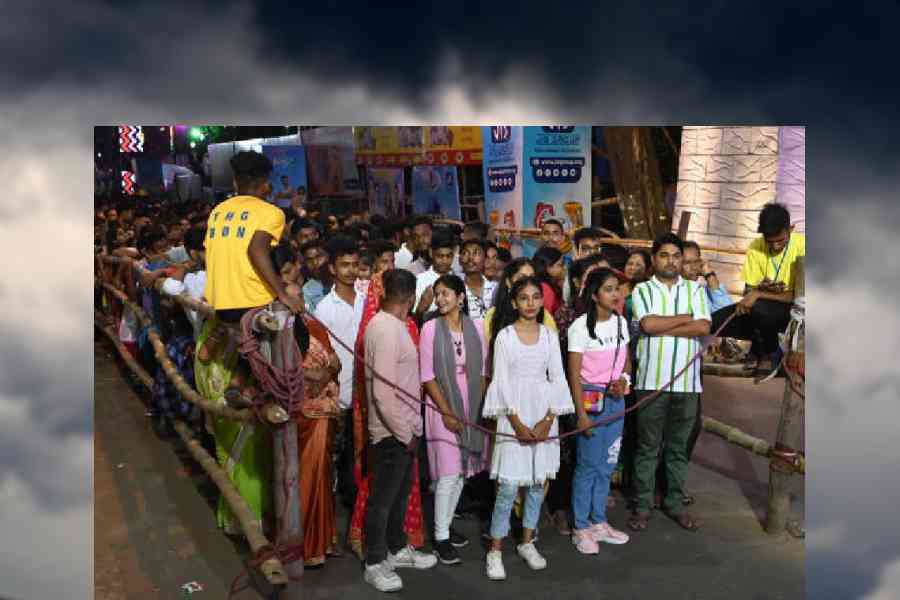
A lightning strike is a chance event that strikes people "in the wrong place at the wrong time"
New Delhi: As an inhabitant of India, the 21-year old Calcutta boy who died from a lightning strike on Sunday would have had an average probability of one per four million population per year of being killed in that manner.
Research on lightning suggests that his precise geographic location during the tragedy significantly increased the probability. The boy was in an open field, where the probability of a lightning strike is much higher. For a person in an open field during a strong thunderstorm, the probability can be one per thousand instead of one per million, scientists from Brazil and the US had cautioned in a paper in the journal Atmospheric Research in 2014.
Omvir Singh, a natural hazards specialist at Kurukshetra University, has estimated that India's annual lightning-related death rate - the average probability of a person being killed by lightning - is 0.25 per million population per year. He has calculated that lightning strikes have killed 159 people in India on an average every year between 1979 and 2009.
Scientists say almost all lightning deaths occur because people either do not have safety zones to escape into or remain unaware of precautions they need to take when lightning flashes. "There are only two reliable safe places you can protect yourself from lightning - inside a properly designed dwelling protected from lightning or inside a metal-topped vehicle," Ronald Holle, a lightning specialist in the US, had told The Telegraph in 2016 after multiple lightning deaths in Jharkhand.

Scientists believe there is still a need to enhance public awareness about the risks of lightning as well as dispel some myths associated with it.
Among them are concerns about the use of mobile phones during lightning. Doctors in the UK in June 2006 had published a paper in the British Medical Journal, citing the case of a 15-year old girl struck by lightning, but later resuscitated, while walking in a park in London during stormy weather.

But John Jensenius of the US National Oceanic and Atmospheric Administration (NOAA) debunked the connection between lightning and mobile phones. "Cell phones, small metal items, jewelry ...do not attract lightning," Jensenius said in an NOAA newsletter.
"Nothing attracts lightning. Lightning tends to strike taller objects. People are struck because they are in the wrong place at the wrong time. The wrong place is anywhere outside. The wrong time is anytime a thunderstorm is nearby," he wrote.
Chris Althaus, the chief executive officer of the Australian Mobile Telecommunications Association, had pointed out in his response to the British Medical Journal report in July 2006 that although there are many reports of lightning injuries to people using mobile phones, these represent the "ubiquity of mobile phone usage and of the users' inattentiveness to weather conditions and have nothing to do with the phones themselves".

Mary Ann Cooper, a former emergency medicine specialist at the University of Illinois in Chicago and widely regarded as among the world's leading lightning specialists, had in 1995 published a paper in Seminars in Neurology with guidance on prevention and avoidance.
Cooper pointed out in her paper that carrying an umbrella slightly increases the risk of being hit by lightning. "Increasing your height by any amount increases your chances of being hit by a calculable amount," she wrote.
She cautioned that people outdoors should avoid being the highest object anywhere. "Certainly, you should stay away from the tallest trees, which are more likely to be hit and side-flash or splash to you," Cooper wrote. "However, one would not want to become the tallest object in an area by standing in a meadow either. Making the shortest, smallest target is probably the best answer if caught in the open. If you are in a forested area, it may be wise to pick an area of dense growth of saplings or smaller trees rather than either a large meadow or tall trees."











